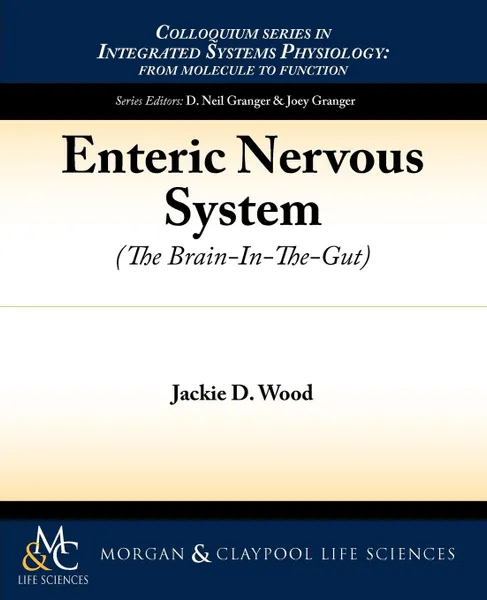Enteric Nervous System. The Brain-In-The-Gut 12+
Автор: Jackie D. Wood
2011
172 страницы
Категория: Литература на иностранных языках
ISBN: 9781615043392
Язык: Английский
🔖 Minute-to-minute behavior of the alimentary tract reflects the integrated functioning of the gut's musculature, secretory glands and blood-lymphatic vasculature. Activity of the three effector systems to generate functionally effective patterns of behavior, which are adaptive for differing digestive states, is organized and coordinated by the enteric nervous system (i.e., the brain-in-the-gut). The heuristic model for the enteric nervous system (ENS) is the same as for all integrative nervous systems, whether in vertebrate or invertebrate animals. Like other integrative nervous systems, such as the spinal cord and brain stem, the ENS functions with sensory neurons, interneurons and motor neurons. That the gut does not work without the ENS can be made as an absolute statement. This is apparent in its absence in terminal regions of the large intestine in Hirschsprung's disease in humans and animals where it is reflected by dysfunctional motility, failure of defecation and proximal fecal compaction within a proximal megacolon. Autoimmune ablation of the ENS in the lower esophageal sphincter underlies the pathophysiology of achalasia. Furthermore, neuropathic degeneration of ENS neurons in irritable bowel syndrome, other functional gastrointestinal disorders, intestinal pseudoobstruction, Chagas disease, paraneoplastic syndrome and enteric ganglionitis, underlies the morbidity associated with these disorders. The impact of these clinical disorders on quality of life and c...
Мнения
